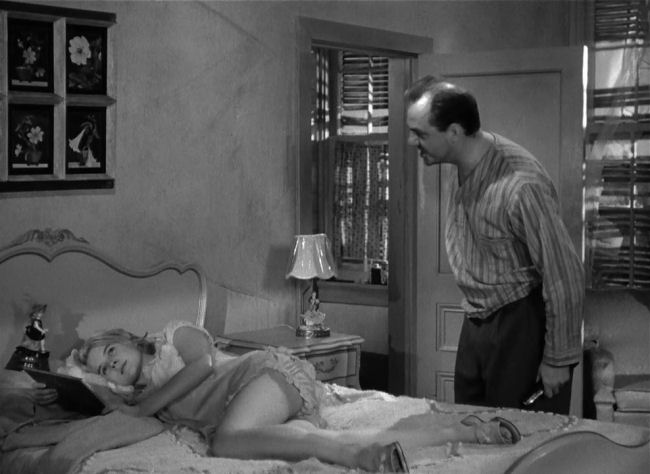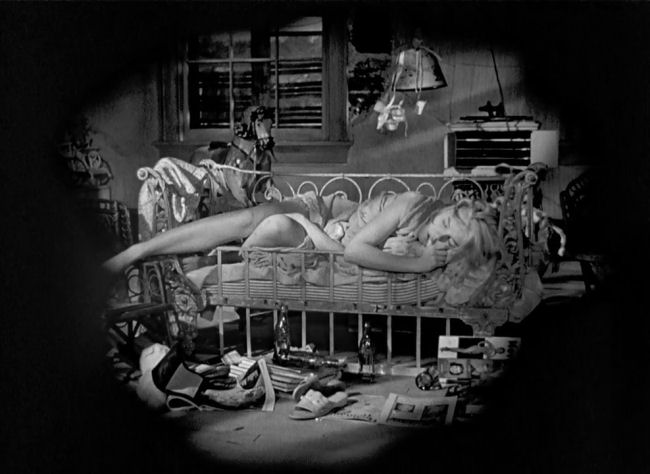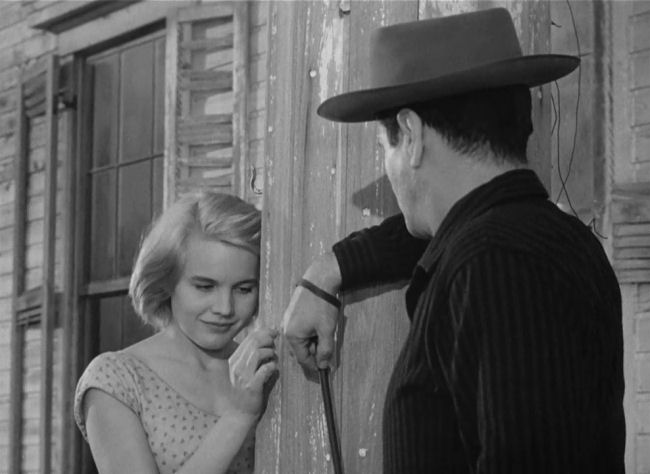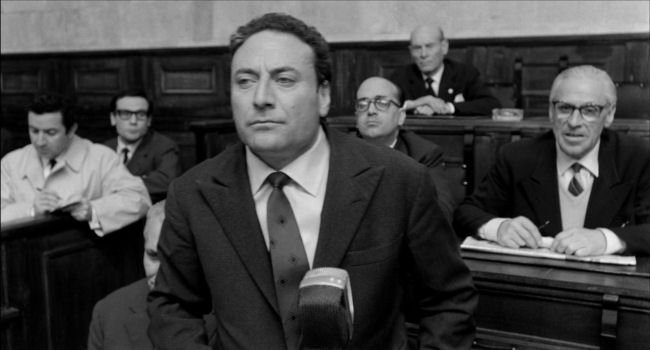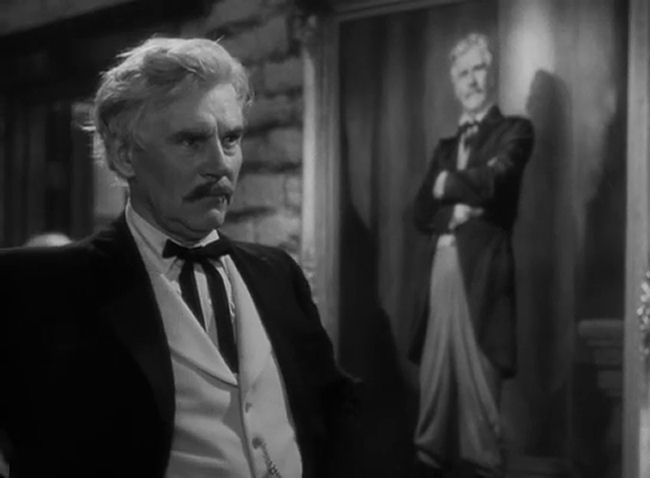After a 28 year old woman's failed attempt at suicide, which is a sad enough thing in itself, I would say it's much more saddening that she was compelled to write a letter of apology to a talent agency called Atomic Monkey.
I, Saori Hayashi, have caused my fans and staff huge amounts of trouble and worry though my actions, it is truly inexcusable.
Especially everyone connected with AXL One, I only just joined you and I caused all this fuss, I’m so sorry. Atomic Monkey did nothing wrong. What I wrote was just the persecution complex of someone who was depressed. Not one thing have they done wrong. No company is as wonderful as they are. Atomic Monkey is so generous and tolerant, I am deeply thankful.
Atomic Monkey opened my eyes. I am so deeply grateful to Atomic Monkey for changing my life. After trying to end my own life and ending up with a face like this after hanging myself, I can never go back to being a seiyuu, but I am truly, truly grateful to all those who supported me until now.
Saori Hayashi is retiring.
Also, Saori Hayashi has left AXL One so please stop asking them about this matter. I quit and have had nothing more to do with AXL One. Thanks for everything up to now.
Goodbye.
You can read more about the story here as well as several more comments about the physical pain involved in being saved from asphyxiation which her agency deleted from her site against her wishes. The fact that she feels her suicide attempt's effect on her physical appearance renders her unemployable as a voice actress is another troubling layer of brutal delusion enforced by her society. It seems terribly obvious the dehumanising forces around her play a key role in her wanting to end her life but the obviousness doesn't make me any more optimistic about the prospect of a change in her environment.
It's been almost a decade, I think, since the last time I watched Terry Gilliam's 1985 masterpiece Brazil, mainly because I watched it repeatedly in the 90s, more times than I can count, and had kind of numbed myself to it. But like any great work of art, you can always go back to it at some point and experience a sense of revelation.

It's common to say that the film is a nightmare about bureaucracy but I think this is slightly beside the point. The film's often compared to George Orwell's 1984 but I was struck, in viewing Brazil on Sunday, by how much I was reminded of Charles Dickens' Bleak House, which I'm currently reading. Unlike 1984, Brazil and Bleak House don't so much portray a system that oppresses people as much as they paint portraits of people and the various reasons they allow the system to function as it does.

Bleak House is known--some might say it's notorious for--introducing a huge cast of characters. It seems at least two characters are introduced in every chapter and then referred back to without explanation several chapters later--I'm 219 pages into my 846 page edition and already I've had to look back to see who a Mr. Tulkinghorn was. But I don't need to do this very often which, I feel, is a testament to how vividly Dickens created characters. Like the characters in Brazil, and the people evidently surrounding Ms. Hayashi, their failings seem almost cartoonishly obvious and yet it seems very realistic that they go ignored or unaddressed. Like Mrs. Pardiggle who's so concerned with imposing charity that she can't see the misery she inflicts on her own children in the process--or the chairs she always knocks over with her skirts. Or Mrs. Jellyby, who's so consumed with organising aid for a remote African community she's allowed her home to disintegrate, introduced in the appropriately titled chapter "Telescopic Philanthropy".
I love how Dickens has not so far specifically discussed the logistics of why the narrator of most of the book, Esther Summerson, and two of her cousins are under the care of Mr. Jarndyce or how their situation relates to the inheritance case of Jarndyce and Jarndyce which has been tied up in the courts for generations. When Jarndyce laments to someone else in a similar situation, Mr. Gridley, how the system has treated them unjustly, Gridley says:
"The system! I am told on all hands, it's the system. I mustn't look to individuals. It's the system. I mustn't go into court and say, 'My Lord, I beg to know this from you—is this right or wrong? Have you the face to tell me I have received justice and therefore am dismissed?' My Lord knows nothing of it. He sits there to administer the system. I mustn't go to Mr. Tulkinghorn, the solicitor in Lincoln's Inn Fields, and say to him when he makes me furious by being so cool and satisfied—as they all do, for I know they gain by it while I lose, don't I?—I mustn't say to him, 'I will have something out of some one for my ruin, by fair means or foul!' HE is not responsible. It's the system. But, if I do no violence to any of them, here—I may! I don't know what may happen if I am carried beyond myself at last! I will accuse the individual workers of that system against me, face to face, before the great eternal bar!"
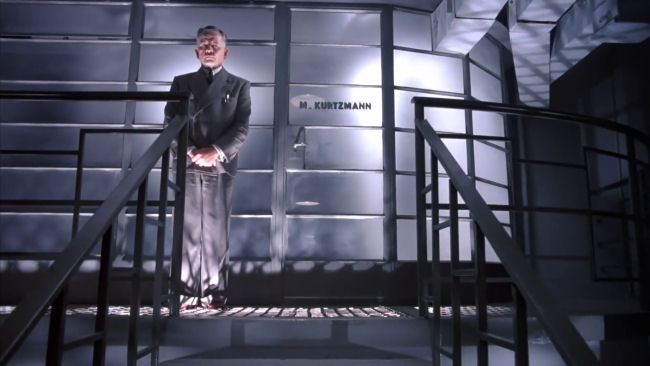
It's not unlike Michael Palin's character in Brazil, observing it's not his fault Buttle's heart condition didn't show up in his file when he accidentally tortured him to death, or Ian Holm's cowardly administrator panicking about what to do with the refund check for the man's widow.
The people who go on with their lunch a few feet away from a terrorist attack, Charles McKeown's character Lime whose whole passion in life is to get slightly more desk space and to see his co-workers getting berated by the higher ups.

The famous shot of Robert De Niro's character being literally consumed by paper work at the end of the film isn't simply about the system devouring humanity. It's that De Niro's character, Tuttle, is the sort who'd help someone else out of a genuine desire to make things better regardless of whether or not it's practical or reasonable. He's not killed by the paper, he's snuffed out by a world of people scraping out little holes for themselves.
Twitter Sonnet #639
Knowledge condensed in a repeated brow.
Eight drops of blue rain spiked the water god.
Sleeping medics cough stones to clog the plough.
Grey candy melts in fear across the sod.
Sweaty spoons'll recline in steamed bedding.
Fire-blooded dreams cast metal shadows.
Doctors on steel ladders point the heading.
Angles shredded from circles cut meadows.
Redrawn dalmatian clouds tip the free spoon.
Received perceptions pronounce the game's crime.
New yellow fur coats panic the cloak room.
Undeveloped film burns in the cracked lime.
Ticket stub wrought scales shimmer in the dark.
The mollusc scaling the wall made the mark.

